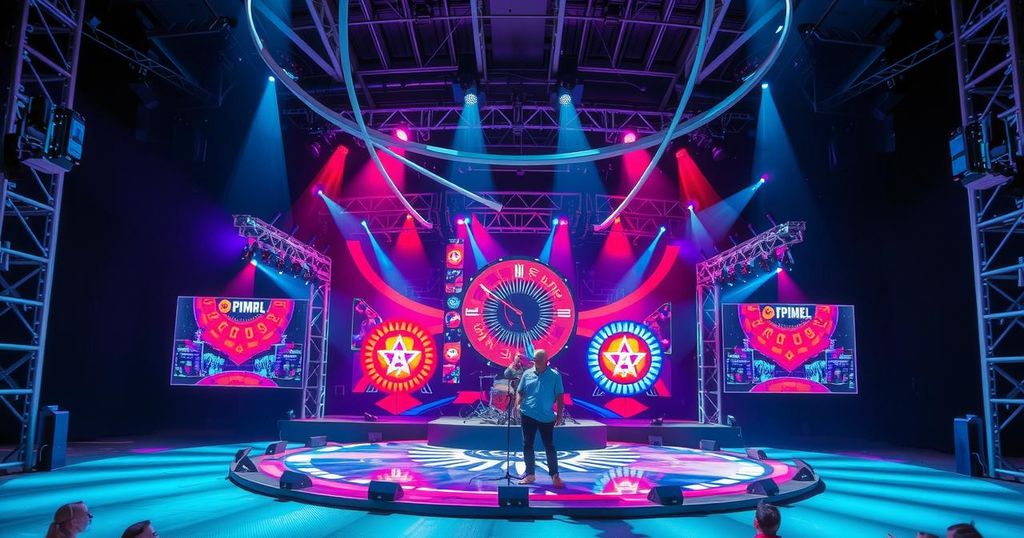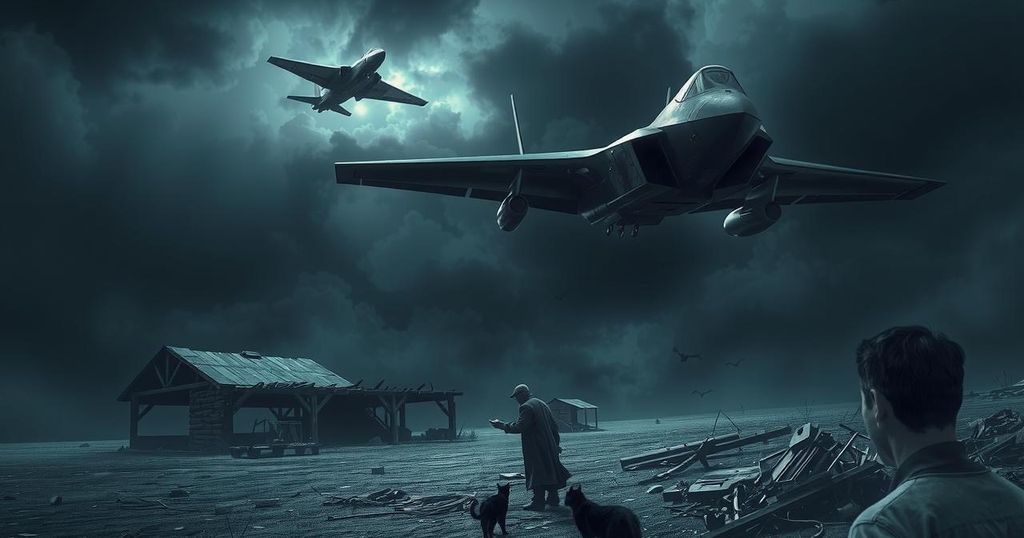Drake’s Melbourne Concert: A New Era of High-Tech Live Music
Drake’s recent concert in Melbourne revolutionized live performances by integrating augmented and virtual reality, transforming the audience experience through immersive technology. The event featured AR glasses for enhanced visuals, alongside a real-time feedback app allowing fans to engage directly with the artist. This fusion of music and tech not only captivated attendees but also hinted at a future where concerts become more interactive and personalized, while considering sustainability and data security.
In a landmark fusion of artistry and innovation, Drake’s recent Melbourne concert has redefined live performances by integrating spectacular technological advancements. The event wasn’t merely a showcase of musical talent but a breathtaking immersive experience birthed through a collaboration with a top-tier technology firm. As fans stepped into the venue, they donned augmented reality (AR) glasses which unveiled a vibrant world of synchronized 3D visuals and interactive graphics that wove seamlessly with the rhythm of Drake’s set, transforming the typical concert into a vivid audiovisual journey.
But the thrill didn’t end there. The introduction of a ground-breaking real-time feedback app allowed attendees to connect with the show like never before. This platform facilitated instant song ratings, direct artist interaction, and even empowered fans to suggest setlist changes on the fly. This innovative engagement shift turned the crowd from passive spectators to active participants, ensuring that each performance morphed uniquely with audience dynamics.
Such advancements represent a pivotal shift in the music industry, highlighting a broader trend that sees artists increasingly leveraging technology to enhance live engagements. Drake’s concert stands as a shining example of how emerging tools can not only captivate fans but also foster deeper connections between the artist and audience. With technology poised to play an integral role in future concerts, the anticipation of hyper-personalized live experiences is burgeoning.
Nevertheless, as we ascend into this new technological territory, we must also be mindful of sustainability and data security concerns. While the thrill of AR and VR provides an electrifying allure, the environmental implications of such technologies must be scrutinized. Additionally, ensuring robust security for real-time feedback apps is paramount in maintaining the trust that is essential for artist-fan relationships. This balance of innovation and responsibility will be crucial as we embrace the future of live music.
Drake’s Melbourne concert stands at the intersection of technology and artistry, showcasing how the integration of advanced innovations can foster mesmerizing live experiences. The use of augmented and virtual reality is not just a fleeting trend but a potential cornerstone of future performances. As the music industry grapples with evolving audience expectations and technological possibilities, the concert exemplifies the growing need for artists to connect dynamically with their fans while prioritizing sustainability and security concerns in the execution of such experiences.
Drake’s Melbourne concert has not only set a precedent for what live performances can become but also signals a broader movement towards the incorporation of technology in the music industry. By engaging fans interactively and using cutting-edge innovations, it showcases a future where concerts are not just watched but fully experienced. As we advance, the harmonious blend of creativity and technology will redefine how artists relate to their audiences, paving the way for a more personalized and exciting concert landscape.
Original Source: www.qhubo.com.ni




Post Comment